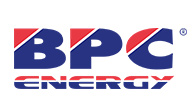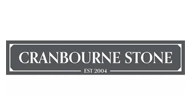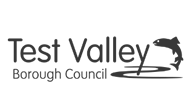Generating Leads for B2B Companies
Posted on February 23, 2018 by Dominika

A lead is a company (or individual) that shows an interest in your products or services. In order to identify your leads, you have to generate them first. So, what are the best methods for generating leads?
There are many different ways B2B companies can generate leads. What works for some companies won’t necessarily work for others, so it’s important to do your research and speak to a marketing expert who can help guide you and your business.
Inbound Marketing
Inbound marketing attracts prospects to your brand naturally without you having to chase them down. Connecting with prospects via search engines, content marketing, newsletters, videos or social media are just a few of the most effective ways to generate leads for your business.
Inbound marketing consists of many bits and pieces that work together to form a cohesive marketing strategy. What are the key elements of a good inbound marketing strategy?
SEO
Search engine optimisation is a crucial part of an inbound marketing strategy. Many businesses rely on SEO to bring leads straight to their website via organic search. However, with no content SEO won’t work, and SEO isn’t that simple. There are many requirements that need to be met in order to be well optimised for SEO and perform well in Google Search. The key elements include quality content, user experience, site speed, meta descriptions, etc. A lot of work needs to be done on your website before its content becomes visible on search engine result pages.
Content creation
We view loads of content every day – blogs, videos, whitepapers and infographics to name a few types. Content is not only great for interacting with customers, boosting brand awareness or sharing your best practices. It’s also a great way for generating leads and can be made a crucial part of an inbound marketing strategy.
According to HubSpot, “B2B companies that blogged 11+ times per month had almost 3x more traffic than those companies that blogged 0-1 times per month”. B2B buyers now use content to help them with the buying decisions and expect content that is interactive and educational (Demand Gen Report, 2016).
One of the many perks of blogging and creating digital content is that your marketing department doesn’t have to spend a fortune. All it requires is your time and creativity to create a good piece of content.
Social media
As mentioned above, a good content marketing strategy helps boost your SEO ranking and generate leads. However, it’s only the first step of creating a successful inbound marketing strategy. The content you create has to come across as many of your prospects as possible and the easiest way to do this is sharing your content across all of your social media platforms. It also gives you a great overview of what kind of content works well with your audience and what doesn’t. Social media platforms also allow you to boost your posts, so for only a small amount of money, your content can easily reach thousands of people.
B2B companies can use social media for generating leads not only via content. A great social platform for businesses wanting to generate leads is LinkedIn. Upgrading to LinkedIn Premium gives you an option to work with LinkedIn Sales Navigator that helps you to identify prospects, drive leads and increase your sales. You can easily search for people based on the area, qualifications or job roles, save them as a lead and contact them directly.
What other methods B2B companies utilise to generate leads?
Email Marketing
Whether you are a small business or a large company, email marketing is one of the most effective ways to communicate with customers. Businesses use email marketing to:
- Boost brand awareness
- Maintain relationships with new or existing customers
- Generate leads
- Increase sales
Whether you want to let your customers know about the new products or services you offer, or simply thank them for shopping with you, it’s important to create targeted emails aimed specifically at them. You don’t need to send out individual emails to each contact to achieve this. We encourage our customers to use a marketing automation tool to help with this process. There are many marketing automation tools available. We use Hatchbuck – small business CRM and sales automation tool.
Hatchbuck allows you to easily add or delete contacts in your database. Tailoring contacts with different tags based on their interests and preferences helps you target right people with the right emails as part of an email marketing campaign. Hatchbuck allows you to access reports to see who opened your email or clicked through to your site helping you to easily generate leads from your email marketing campaigns.
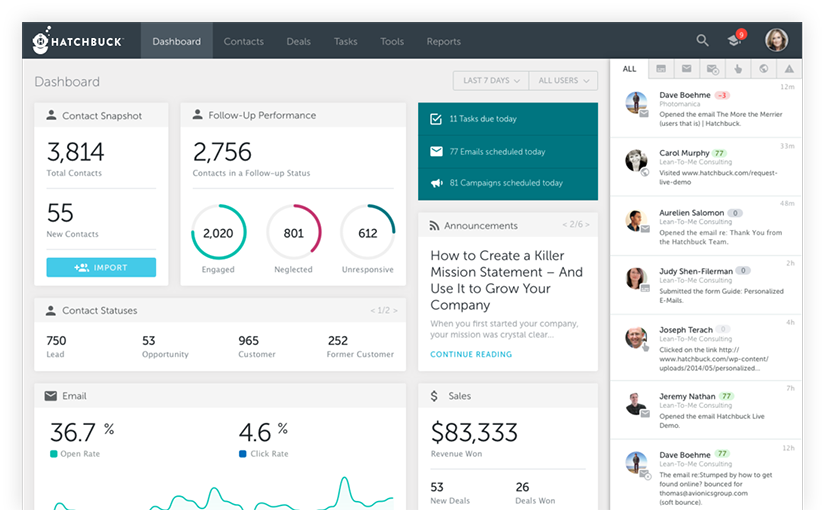
Networking
Before the big boom of social media and online marketing, businesses used networking events, conferences and trade shows to build their contact list. They would simply exchange business cards and email each other afterwards. You can still benefit from taking part in networking events. It’s a great way to create face to face relationships with prospects, getting to know those people who will do business with you or will introduce you to people who might do. Organising or taking part in events might be time and money consuming, however it might work for you as your biggest lead generator. Here are some tips on how to be successful at networking events:
- Do some research on what businesses will be at the event
- Don’t think about closing sales, think about building relationships with prospects
- You only have the first few seconds to grab the prospects’ attention – don’t miss the opportunity!
- Try to listen more and talk less (ask open-ended questions) – this will give you a better understanding of what their business needs are and how your services can benefit them
Use Your Website as a Lead Generator
Businesses should seek ways to generate leads from their website. Individuals or businesses may visit your website for a number of reasons. Perhaps it was your social media or email marketing that led them to your website? Or maybe they accidentally ended up there while they were googling some stuff? Perhaps you’ve got a good piece of content on your website, or they were specifically searching for products or services you offer.
Whatever the reason may be, it’s incredibly useful to know which businesses are looking at your website. You can now use your website to generate leads with lead generation software – ‘Who’s Looking At You’.
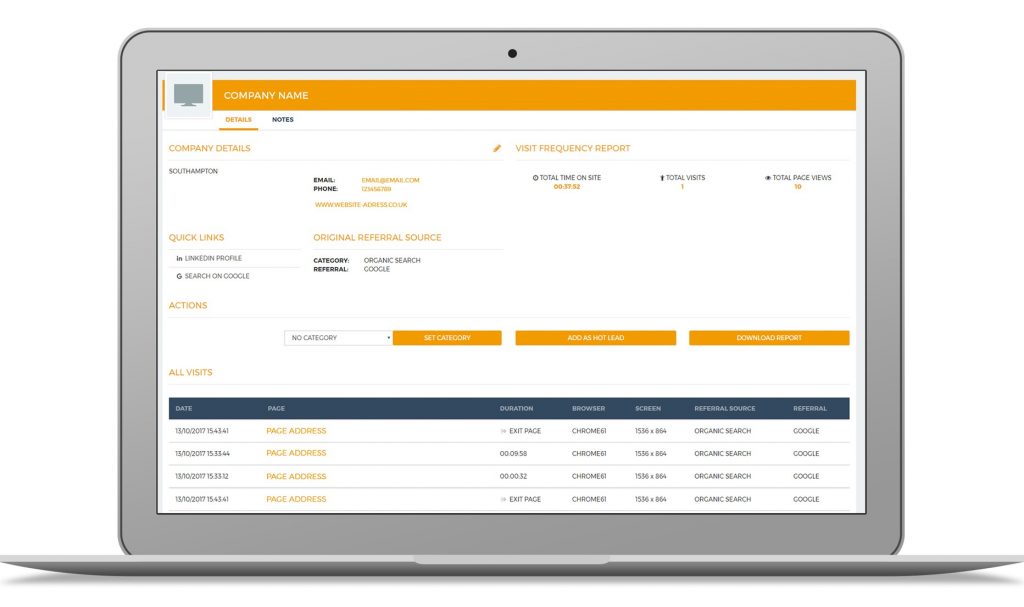
Who’s Looking At You
Who’s Looking At You (WLAY) is a lead generation software that shows you who has been looking at your website. By tracking the visiting company’s IP address, it gives you all the information your sales team need to follow up that lead!
Not only does it provide you with the company’s contact information – it also shows you exactly what they were searching for, what exact links they clicked on, and how long they stayed on each page, giving you a better insight on how to approach them in order to make a sale. Generating leads through your website has never been easier. WLAY does everything for you, and it’s entirely up to you how often you want to keep an eye on your potential leads.





















